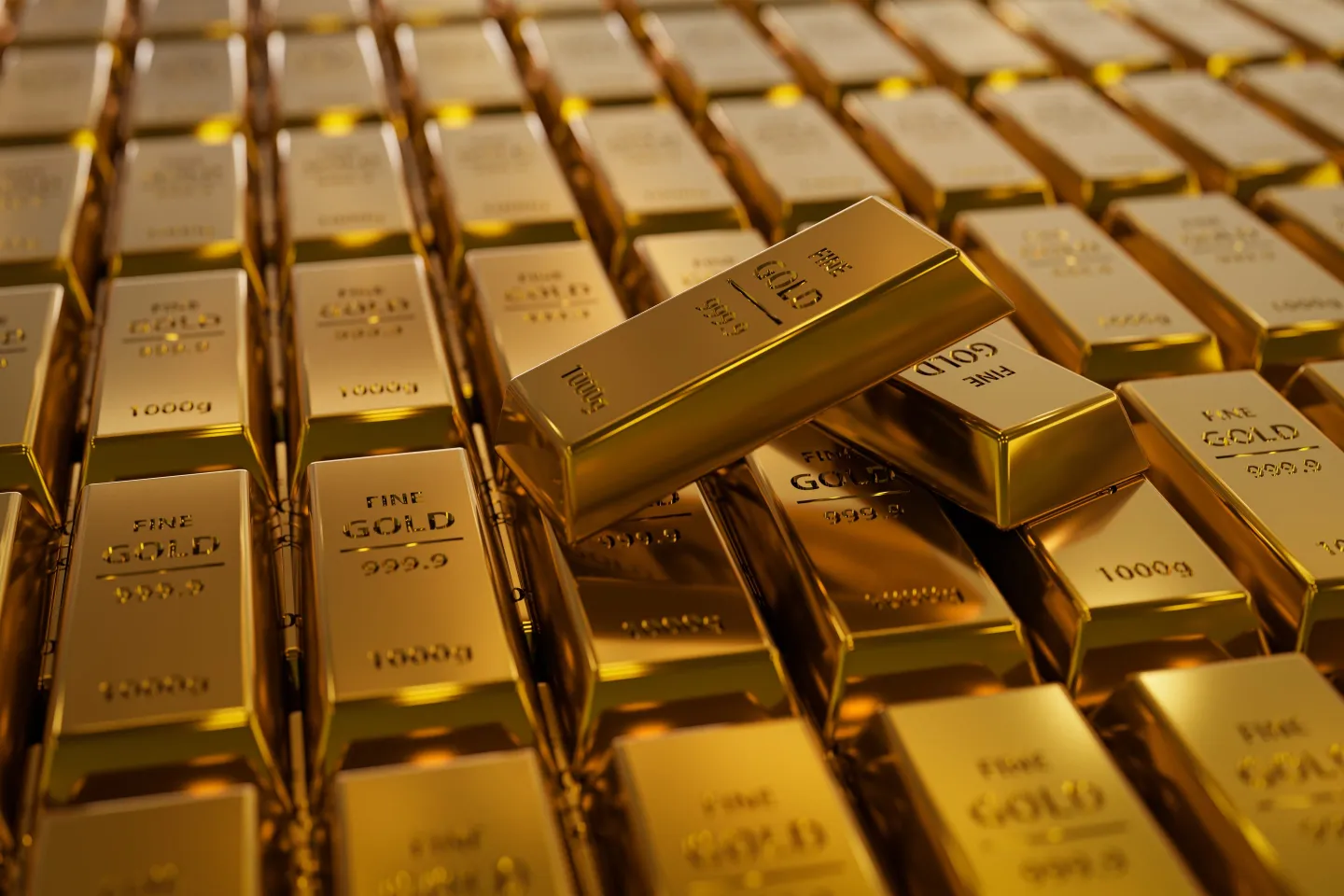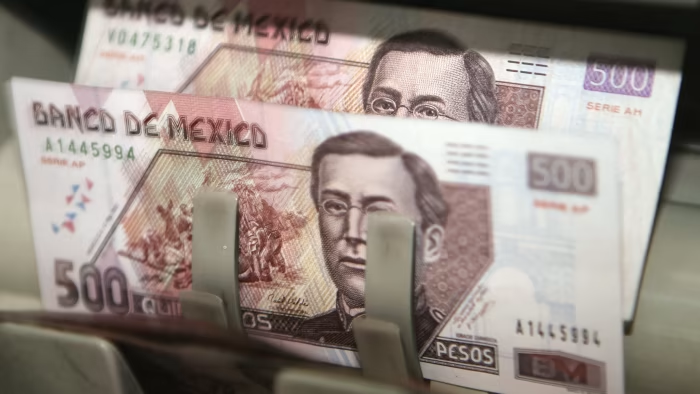Gold (XAU/USD) made a modest climb on Monday, trading around the $2,740 mark, as several key factors supported its price. A weakening U.S. Dollar (USD), fueled by reduced odds of a Donald Trump win in the upcoming U.S. presidential election, geopolitical uncertainty, and continued long positions by hedge funds, all contributed to Gold’s upward momentum. However, the precious metal’s recovery remains capped within a familiar trading range between $2,709 and $2,759.
Dollar Weakness Lends Support to Gold
Gold’s rise is largely attributed to the softer USD. Since Gold is priced in dollars, a weaker Greenback makes it more affordable for foreign investors, bolstering demand. The USD had previously strengthened in October on expectations of Trump’s potential return to office, which was anticipated to lead to inflationary policies and elevated interest rates. But now, as polling data indicates the race may be a “coin toss-up,” according to analyst Nate Silver, investors are moderating their bets, reducing demand for the USD and helping Gold inch higher.
Fed Rate Cut Speculation Adds Fuel
There’s also growing speculation that the U.S. Federal Reserve could step in post-election with a 50-basis-point rate cut if needed to stabilize markets. A rate cut would make Gold more attractive, as it doesn’t pay interest and could benefit from reduced yields on competing assets. This potential for easing lends an extra layer of support to Gold’s price, which remains on a gradual uptrend.
Also read : Gold Price Analysis- The Significance Of The $2,746 Resistance Amid Election Uncertainty
Geopolitical Tensions Amplify Safe-Haven Demand
Gold’s status as a safe-haven asset remains robust amid geopolitical concerns. News that Iran could be preparing another strike against Israel in response to recent bombings has increased investors’ appetite for safe assets like Gold. On Saturday, Iran’s Supreme Leader, Ayatollah Ali Khamenei, made a pointed statement about retaliation, heightening the sense of global instability. With the situation in the Middle East becoming increasingly volatile, demand for Gold as a protective asset is likely to persist.




